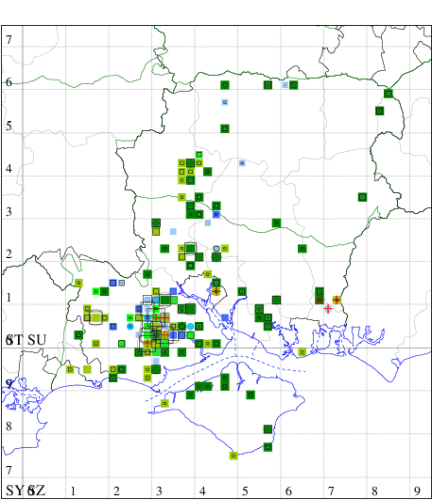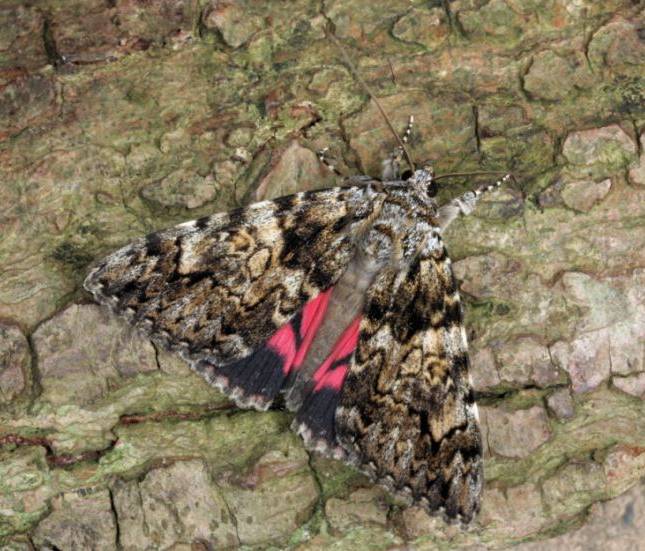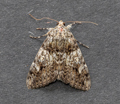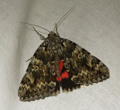Light Crimson Underwing
Catocala promissa
Checklist Number72.082 [B&F: 2454]
Verification
Record will require further evidence, at least a good photograph, unless CMR is aware recorder has confidence in identification
A once rare but now increasing species, associated with ancient oak woodland in parts of southern England, a priority species under the UK Biodiversity Action Plan. At the turn of the century it was very much confined to the New Forest and two large woodlands in south Wiltshire, with occasional records from elsewhere in southern England, which may have resulted from internal dispersal or migration from the continent. In Hampshire and on the Isle of Wight the 21st century has seen increasing scattered records throughout the county, still centred on the New Forest but now appearing well away from the historical locus here, likely to be a result of increased immigration from across the Channel and localised breeding in new locations. Wingspan 50-66 mm. The most likely confusion species are Red Underwing C. nupta and Dark Crimson Underwing C. sponsa, and best distinguished from this by the shallow ‘W’ shape of the black postmedian cross-band of the hindwing. C. sponsa is larger (a subjective characteristic unless both seen together), and generally has a darker, more uniformly coloured forewing, with fewer patches of white scales near reniform stigma. Larva feeds on Pedunculate Oak and Sessile Oak, over-wintering as an egg.


The abundance in each month is indicated as follows:
 No records
No records Very occasional
Very occasional Irregular
Irregular Uncommon
Uncommon Off-peak, but not unusual
Off-peak, but not unusual Off-peak, but not unusual
Off-peak, but not unusual Main flight time
Main flight time| J | F | M | A | M | J | J | A | S | O | N | D | |
|---|---|---|---|---|---|---|---|---|---|---|---|---|
| Adult |  |  |  |  |  |  |  |  |  |  |  |  |
| Larval |  |  |  |  |  |  |  |  |  |  |  |  |








()().jpg)

